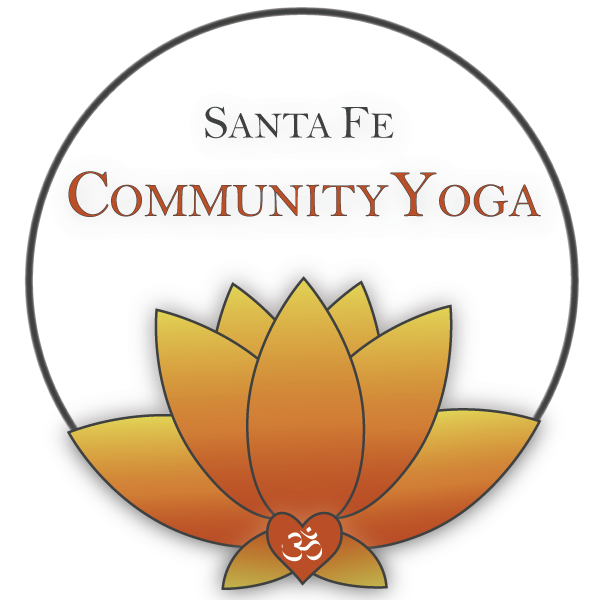Blog Post written by Eliza Skye
“Sometimes to change a situation you are in requires you to take a giant leap. But, you won’t be able to fly unless you are willing to transform”
Metamorphosis is a complete and profound change in the form, structure or substance of a being. We see metamorphosis take place in the life cycle of butterflies, which start out as caterpillars, consuming resources and amassing abundance until they build and enter a cocoon. When butterflies enter this chrysalis, they are unable to move and dissolve into a liquid material. This process occurs through the mysterious presence of imaginal cells. One of the most interesting aspects to this transformation is that the caterpillar and butterfly share no structural similarities. We can look at this profound miracle of nature and relate it to our own lives. Caterpillars begin their shift from a place of abundance and fullness, which is a difficult place to let go of. As creatures who seek comfort, we want to hold onto this place. But, for various personal reasons, transformation must occur, so we build our cocoons. This is where we have a choice - we can feel stifled in the chrysalis, unable to move, whether it’s forward or back. We can also follow the example of the butterfly and choose to become absolutely liquid, surrendering to whatever forces are present in our lives and allow ourselves to listen to the inner wisdom that can guide us to the path of higher meaning. We will always emerge, but it is our process through metamorphosis that determines how this emergence looks. Will we remain crippled caterpillars, crawling on the ground, or will we soar as butterflies?
Baddha Konasana (Butterfly Pose)
Many of us are familiar with Butterfly Pose from our early childhood physical education classes. The signature shape of the legs brings this pose to a place of deep external hip rotation. This means we usually fall into one of two groups - people who love this pose and those who cannot stand it. Some of this has to do with body mechanics - external rotation can be a huge challenge for us, depending on the shapes of our femurs and hip sockets. Baddha Konasana is an extremely versatile pose. You can practice it sitting upright, leaning forward, or reclined. Even among those options, there are many ways to use props to facilitate deeper opening. The knees should never be forced in this pose, and anyone with a history of knee discomfort or injury should be extremely cautious. When the knees are forced closer to the ground, this actually causes the lower back to tense, which means the hips no longer ease open. Instead, you can push the soles of the feet together in a dynamic movement that encourages the groin to open. Many sources claim that this pose alleviates depression, anxiety and fatigue, so I encourage you to observe any changes in your mental well being as you practice Baddha Konasana this month.
Shuni Mudra
This mudra is known as the seal of patience. When big transformations begin to take place in our lives, the change can bring about feelings of discomfort, as we must learn how to let go of preexisting ideas about who we are and how we show up in life. Shuni Mudra helps us learn how to stay present, which will keep us from looking into the future with fixed expectations. When we learn to stay present with changes, we are more open to the many options that reveal themselves to us, and we can step into growth with a clear mind. Shuni Mudra is said to facilitate discernment, or “viveka”, which is the first of the four qualities necessary for attaining spiritual liberation. We have many opportunities to practice Shuni Mudra, and I recommend trying it when you feel impatience rising in your being.





